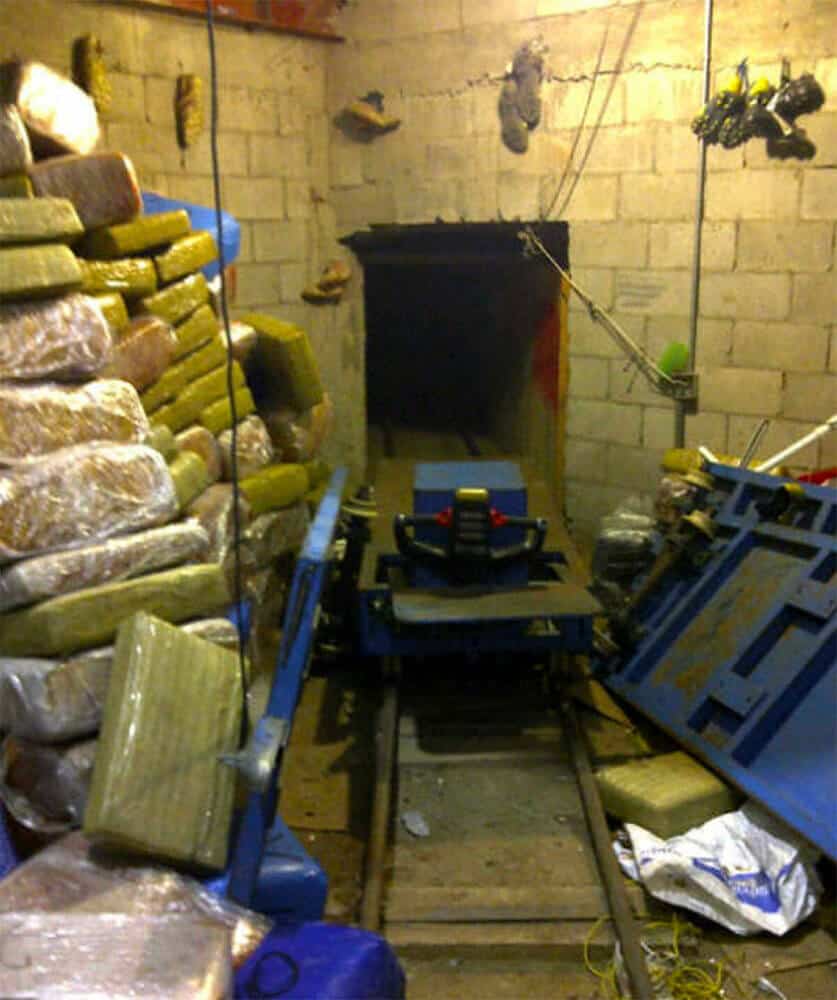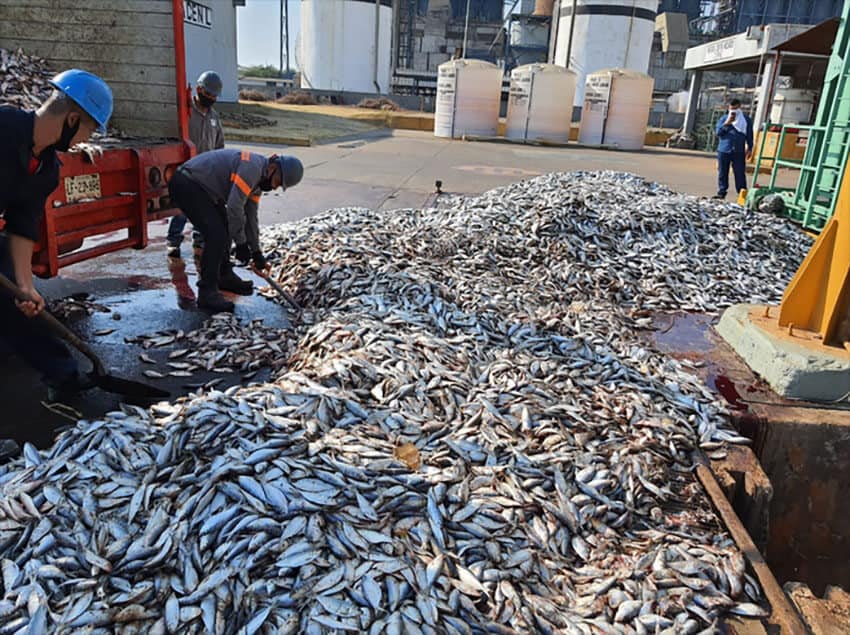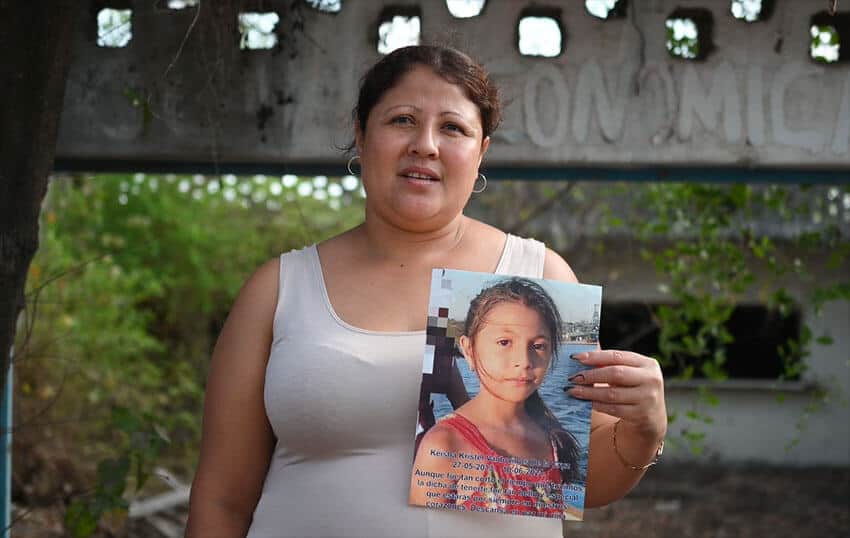A primary school in the state of Puebla that won 20 million pesos (US $950,000 at the time) in the much-castigated “raffle” of Mexico’s presidential airplane two years ago is now experiencing some major turbulence.
Approximately 40% of the prize money is in danger of going down the drain, having been spent on an ill-fated construction and rehabilitation project, and there has been no public accounting of spending, the newspaper El Sol de Puebla reported this week.
The actions have left many staff and parents affiliated with the Manuel Pozos Primary School in Xochiapulco wondering what has been paid for so far and what’s the status of the rest of the prize money.
Many will remember back in 2020 when President López Obrador, then in the early stages of his term, wanted to raffle off the country’s presidential jet — a luxuriously outfitted Boeing 787 Dreamliner estimated to be worth US $130 million — because it was an “insult to the people” and an “example of the excesses” of the two previous administrations.
But when the raffle of a plane that he said was worth US $200 million turned into more of a joke than a feasible undertaking, AMLO switched gears and turned it into a lottery for the people. Then the lottery turned into something of a joke as well, with a lack of interest prompting the government to step in and buy 1 million cachitos (lottery tickets) for about US $23.7 million.
In the end, there would be 100 prizes of 20 million pesos each, and no one would “win” the airplane.
Three schools in Puebla ended up holding winning tickets, including Manuel Pozos. Everything seemed great. The school began an expansion and improvement project valued at 8 million pesos; classrooms, bathrooms and the cafeteria were to be renovated, and another room was going to be turned into an auditorium.
But now, charges of fraud are flying left and right. The construction company hired to carry out improvements abandoned the project last month, without a reason, and the school committee responsible for the deal is apparently washing its hands of everything. Reportedly, 96% of the cost of the project has already been paid, although parents who are members of the committee haven’t explained in detail what the money was spent on or why the work has stopped.
At a recent assembly, teachers and community members announced they would file a lawsuit against the company in addition to requesting an audit. There will also be an inquiry into a “series of irregularities” among committee members at the school, which is located in the Northeastern Sierra of Puebla.
“Unfortunately, there have been countless inconsistencies with the committee that was formed,” said teacher Erasto Pérez Bedolla. “Pertinent information has not been released.” The construction company, he added, “has left the work thrown away, but it has taken almost 8 million pesos.”
Some at the assembly also charged that the safety of the students is at stake: There are exposed wires, open pits, piles of discarded odds and ends, and other waste and materials on the campus. Also, Pérez Bedolla charged, the first rains of the season exposed leaks, runoff and the pooling of water around campus.
Apparently, administrators and parents did receive a general description of expenses, but it’s an unworthy document, Pérez Bedolla contended, because it didn’t break down the costs or convey what works have been accomplished.
With reports from El Sol de Puebla















